HEALTH WATCH: Causes of shin splints, and best medicine is rest
CalHiSports Insights December 3, 2012 SportStars 0
Medial tibial stress syndrome, commonly referred to as shin splints, is the most common leg injury in distance runners.
This problem is primarily characterized as pain and tenderness when running, along the posteromedial tibial crest, where deep flexor muscles attach to the tibia. The pain will vary from mild to severe, and can be experienced before, during and after running. In more significant cases swelling can appear, and normal gait can be adversely affected, resulting in the dreaded forced abstinence from running.
So, what are the causes of shin splints, how should this condition be treated and can they be prevented?
The causes may be one, or more likely a combination, of several variables: from anatomical to bio-mechanical to training methods to footwear to training surfaces.
Anatomical factors may include high or low arches, hip angles or hypo/hyper mobility in foot and ankle joints. These factors may require solutions that include stability or mobility training of muscles around the hip or ankle. But it is not conclusive that anatomy can be compensated for through exercise or stretching alone.
The bio-mechanical factor most often linked is excessive pronation at the ankle during running, a repetitive strain by nature. Pronation is a medial collapse of the arch and ankle during the loading stance phase of running when the most force is placed on the foot and ankle. Muscles about the ankle have to work very hard to counteract this collapse and the result strains the tibia, where these muscles originate.
In response, the bone develops an imbalance between resorbtion of minerals and the formation of new bone. When a bone demineralizes faster than it heals, shin splints result and can progress to the “dreaded black line,” seen on an x-ray as a stress fracture.
Studies show the most significant factors in the development of shin splints are a sudden increase in work load and/or speed, and working on uneven surfaces. These problems can be mitigated by gradually increasing these variables and avoiding sudden changes.
Methods that have not been shown to be effective include tapping, strapping and bracing, non-steroidal anti-inflammatory medications and — oddly enough – stretching. Off the shelf orthotics have shown promise in correcting the over-pronation problem of some runners.
If the problem becomes chronic or severe, consultation with a physician will be necessary to rule out a stress fracture. In these cases, sadly, the only solution is rest for four to eight weeks, possible vitamin/mineral nutritional supplementation, or cross training with pool work or cycling. Once pain-free, a gradual return to impact activities is imperative.
Rest is what frustrates a dedicated runner the most, but rest is the best medicine.
Bruce Valentine is a physical therapist assistant for the Sports Medicine For Young Athletes, a division of Children’s Hospital Oakland. Email him at [email protected].
SportStars
SportStars Magazine: High School Sports Articles Online SportStars is your go-to source for the very best high school sports articles in California. Player and team profiles, game coverage, health and fitness tips and the largest Camps, Clinics & Combine resource for athletes. We're the story behind the stats.

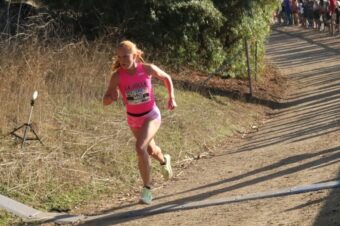
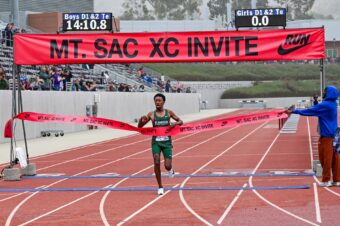

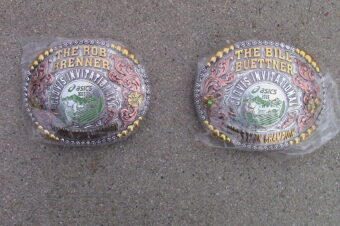
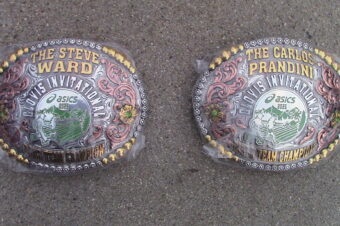

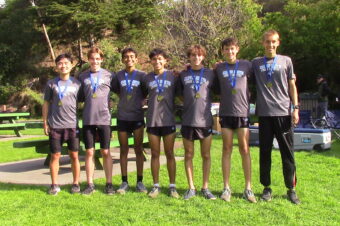
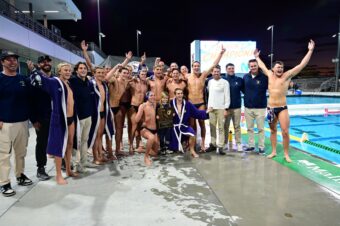
No comments so far.
Be first to leave comment below.